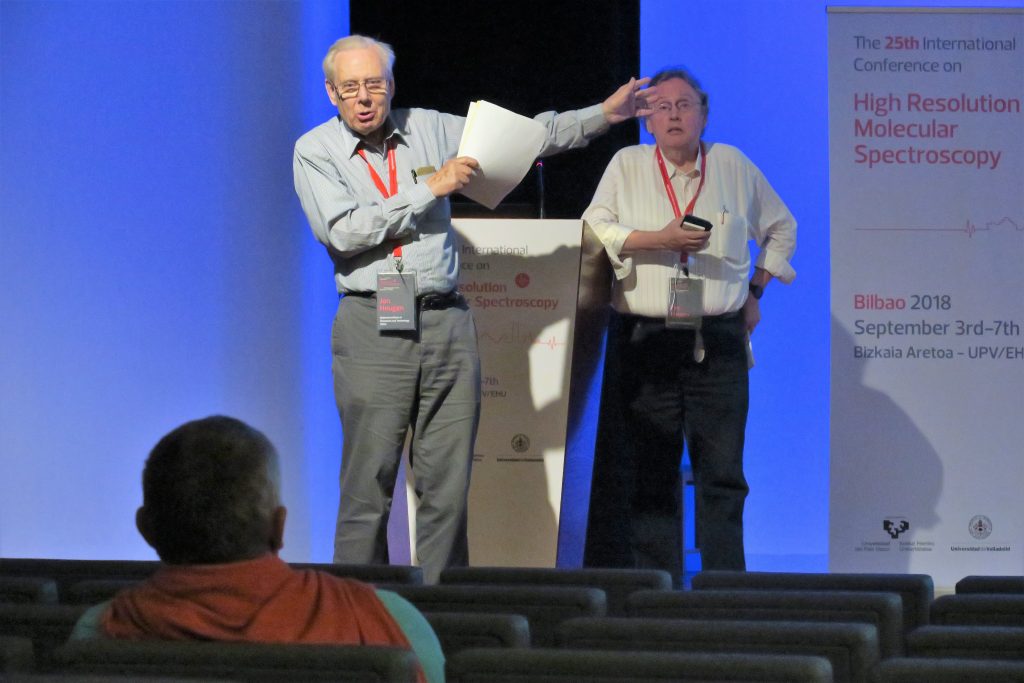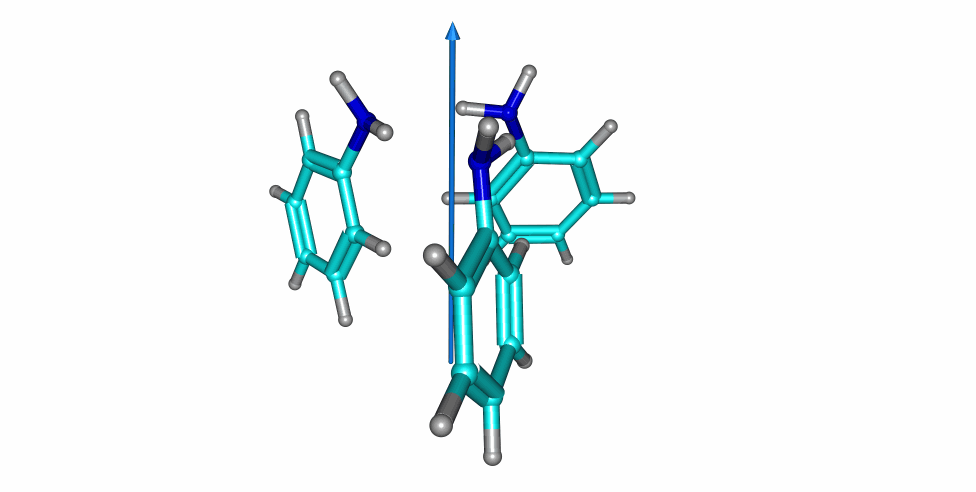Jon T. Hougen
Category : General News
Jon T. Hougen passed away last January 28, 2018. A former senior researcher at NIST and Editor of Journal of Molecular Spectroscopy, he was one of the best known international figures in the field of high-resolution spectroscopy and a permanent presence in international conferences worldwide. He will be remembered by his multiple contributions, including the treatment of large-amplitude motions and the development of permutation-inversion group theory. Two volumes of Journal of Molecular Spectroscopy were dedicated to him in 2017, on the ocassion of his 80th anniversary. Despite his official retirement in 2009 he never stopped contributing with new science. You can enjoy a video of Jon at the 60th ISMS Conference.




You must be logged in to post a comment.